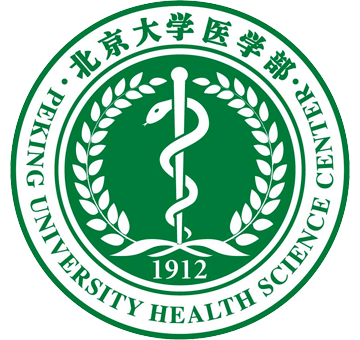Paper explores research ethics perceptions in the US and China, implications for collaborations
A new JI publication examines research ethics – the similarities and differences in perceptions – among faculty at the two partner institutions, Michigan Medicine and Peking University Health Science Center (PKUHSC).
While the researchers found broad consistencies, comparisons revealed distinct differences on key issues, variations attributable to cultural norms in the workplace and across society more broadly.
“With research partnerships developing between Chinese academic institutions and Western universities and biomedical companies, the comparability of human subject protection standards and bilateral recognition of the importance of research integrity have taken on new importance,” the authors write. “Institutions considering collaboration may find assessment of the respective institutional research cultures to be of value in planning their work.”
Appearing in the latest issue of Accountability in Research, the article was co-written by a number of JI-affiliated faculty including Michigan Medicine Associate Dean for Regulatory Affairs Raymond Hutchinson and PKUHSC Professor and Dean of Medical Ethics Yali Cong, who co-lead the JI’s IRB and Human Protection Core. About 100 faculty at each institution answered an anonymous survey, conducted in 2013-14.
The key findings:
- Physicians from both institutions well understood the need to obtain consent from research participants, the need to provide a description of the risks of participation, and the voluntary nature of research participation.
- Chinese physicians are more likely to consider input from a patient’s family when determining whether to continue participation in a trial in the face of treatment-related discomfort and suffering. This finding aligns with China’s culture of including – and at times prioritizing – family members’ wishes in medical decision making.
- US physicians indicated a greater willingness to report plagiarism and data falsification, particularly in instances where the suspected offender is a mentor or authority figure, a difference that is likely attributable to an emphasis in Chinese culture on respect for elders and the general importance placed on maintaining harmonious relationships.
- The Chinese physicians indicated a greater willingness to attend a hypothetical industry-sponsored drug promotional event in a resort setting. Through conflict of interest education campaigns at the industry and institutional levels, participation in such trips has been widely discouraged in the United States in recent years. “This sensitization of the U.S. medical culture to promotional efforts appears to be different than the culture which exists in China at present,” the authors note.
Despite these differences, “the survey responses indicate that some aspects of research culture are similar at the collaborating institutions; specifically, perceptions regarding the ethical underpinnings of clinical trials are similar,” the authors write. “These may be more aligned than might have been predicted based on recent publications addressing research culture in China.”
Given China’s increasing footprint in scientific research and development (the country’s national expenditures on scientific research are second only to the U.S.) and the rising number of international collaborations between the two countries, exploring and identifying the different perceptions toward research ethics is important. Such knowledge can help set proper expectations, prompt important dialogue and ultimately improve collaboration.
“The work points out the advancing ethical culture at one Chinese institution and that each site should learn from one another in understanding differences in cultural norms,” the authors write. “Further, the work provides reassurance that common ethical principles in research culture exist and likely can be developed and enhanced, allowing for proper conduct of collaborative international human subject research between Chinese and the U.S. institutions.”



